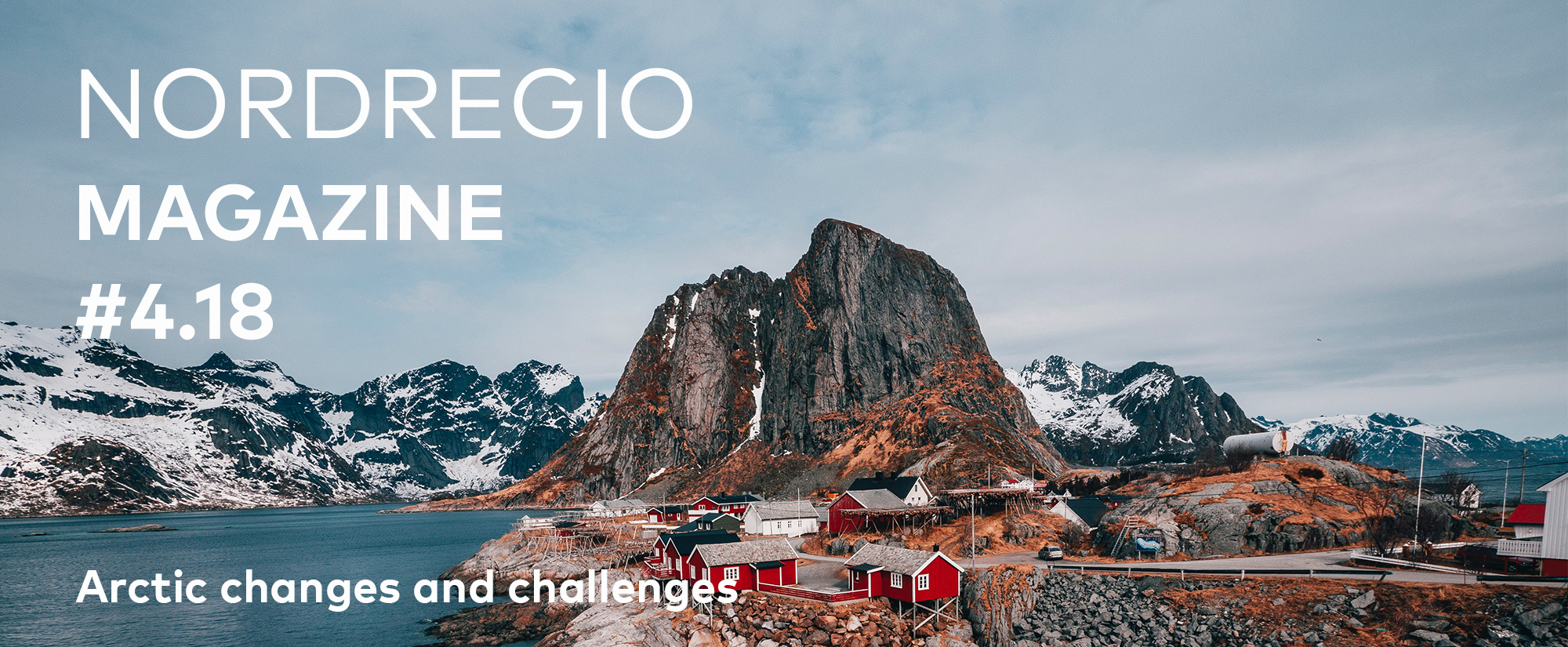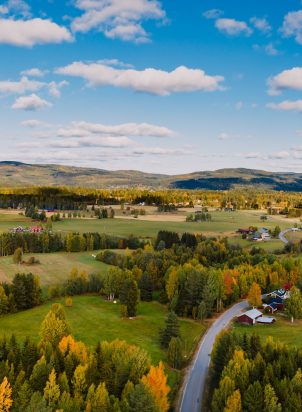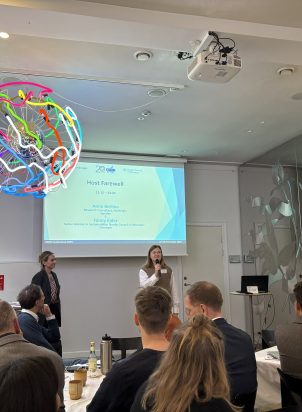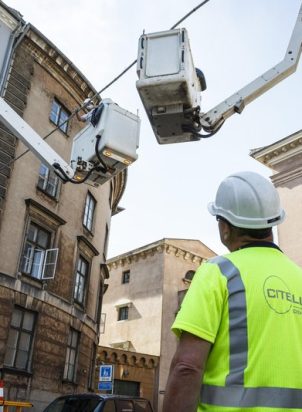The Arctic is changing both for better and for worse. A warmer climate causes major disruptions, but also leads to new opportunities. The new issue of Nordregio Magazine looks at some of the latest developments within demographics and social change in the Arctic. And it also dives into a new learning platform developed as an empowerment tool for remote, sparsely populated areas like many of the communities you find in the Arctic Region.

The Horizon 2020 project Nunataryuk is exploring the issues of permafrost thaw and changing arctic coast lines. A main goal of Nunataryuk is to determine the impacts of thawing land, coast and subsea-permafrost on the global climate and on humans in the Arctic and to develop targeted and co-designed adaptation and mitigation strategies.
Another EU funded project, REGINA, aims to empower small communities with resource-based economies to manage changes due to the introduction – or indeed the demise – of major industries in sparsely populated areas. REGINA stands for Regional Innovation in the Nordic Arctic & Scotland and the project has involved both local communities and research institutes who together have developed a new learning platform with tools for local planners and policymakers.




